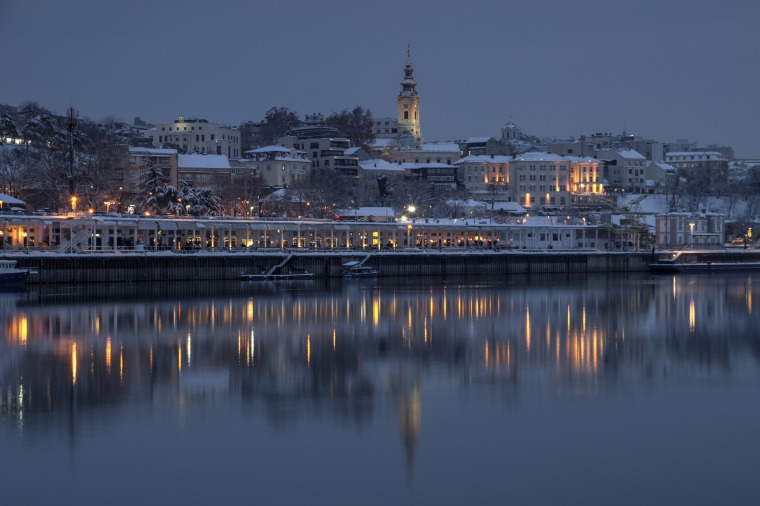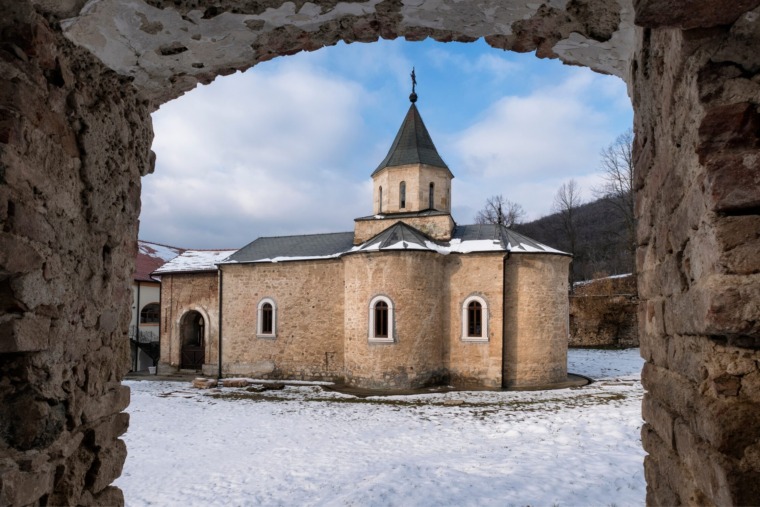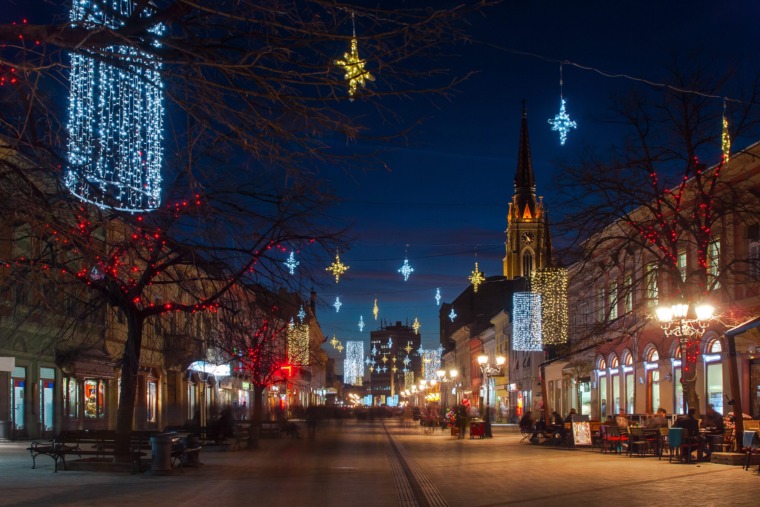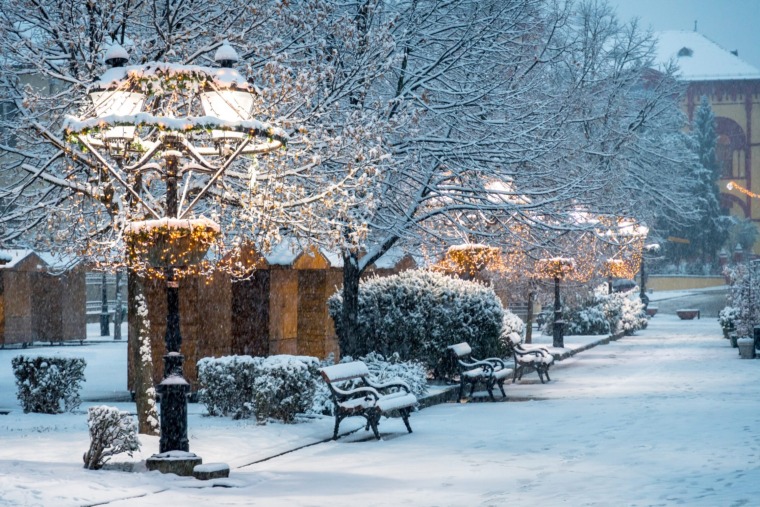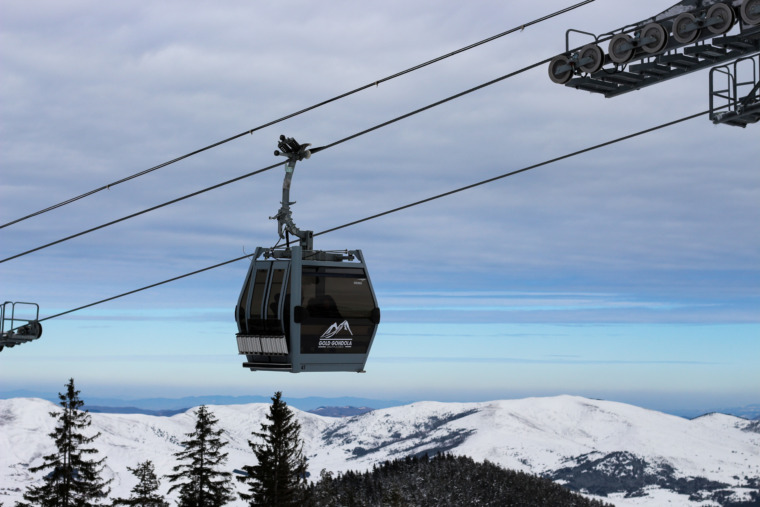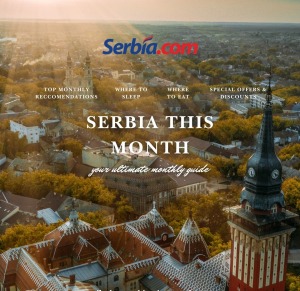
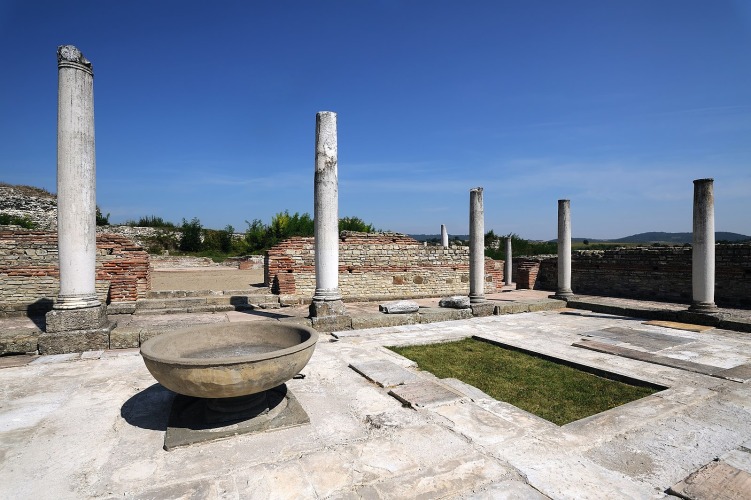
Serbia is a land rich in history, culture, and tradition, marked by centuries of diverse influences, struggles, and triumphs. From medieval fortresses to Ottoman relics, and Byzantine-inspired monasteries, Serbia offers travelers and history enthusiasts a treasure trove of historical landmarks that tell the tale of a nation that has withstood numerous challenges while preserving its identity.
Here are seven must-see historical landmarks in Serbia that beautifully encapsulate the country’s diverse and turbulent past:
1. Belgrade Fortress (Kalemegdan)
Located at the confluence of the Sava and Danube rivers in the heart of Belgrade, the Belgrade Fortress is not only one of the city’s most iconic landmarks but also a key historical site. Originally built by the Romans in the 1st century AD, the fortress has been expanded, rebuilt, and repurposed by various civilizations, including the Byzantine Empire, the Ottoman Empire, and the Austro-Hungarian Empire. It has served as both a military stronghold and a cultural symbol of resistance.
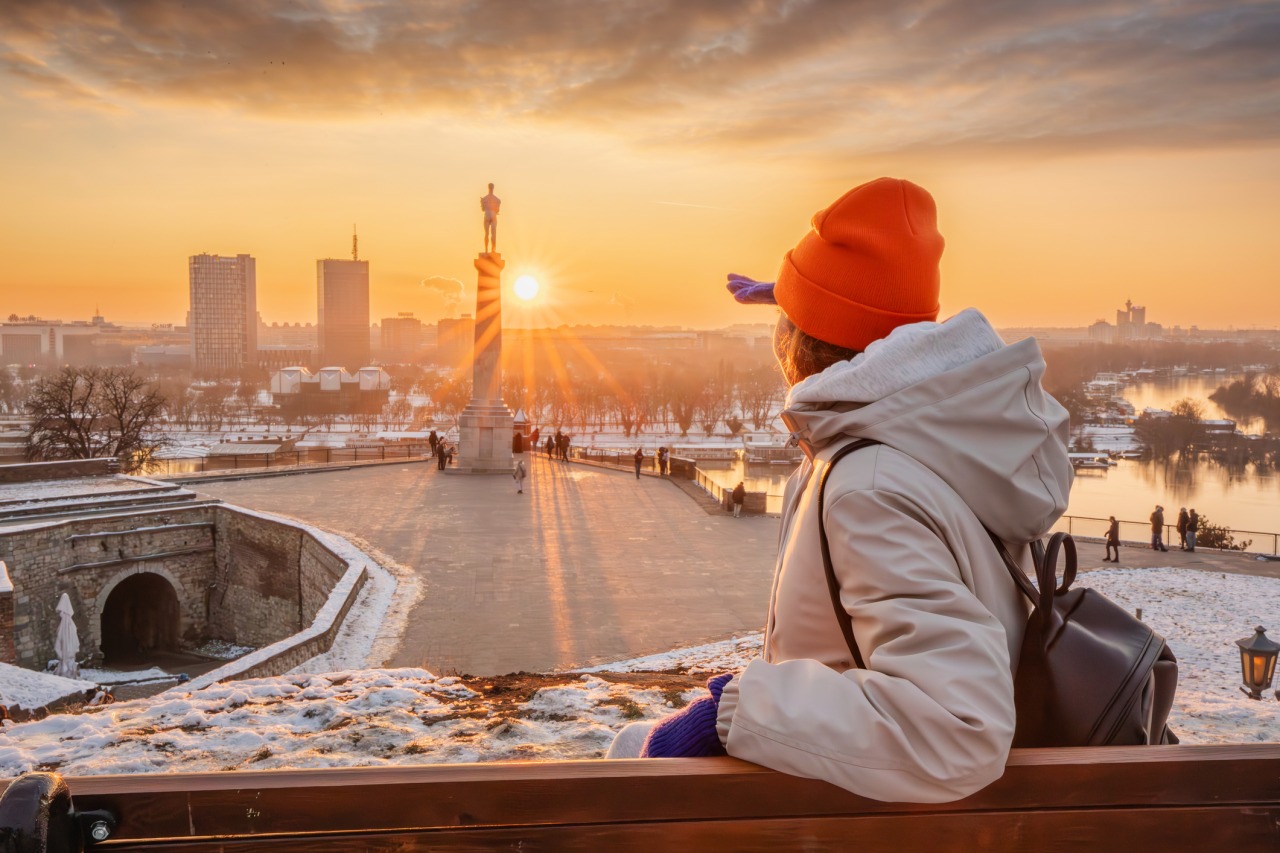
Today, visitors can stroll through the fortress’ cobbled streets, explore its defensive walls, and visit the Military Museum to learn about its role throughout history. The nearby Kalemegdan Park offers panoramic views of Belgrade and the two rivers that have shaped the city’s development.
2. Studenica Monastery
As one of Serbia’s most important spiritual and cultural landmarks, Studenica Monastery is a UNESCO World Heritage site and a stunning example of Raška architecture. Founded in the 12th century by Grand Prince Stefan Nemanja, the monastery is the spiritual heart of the Serbian Orthodox Church and the burial place of Nemanja himself.
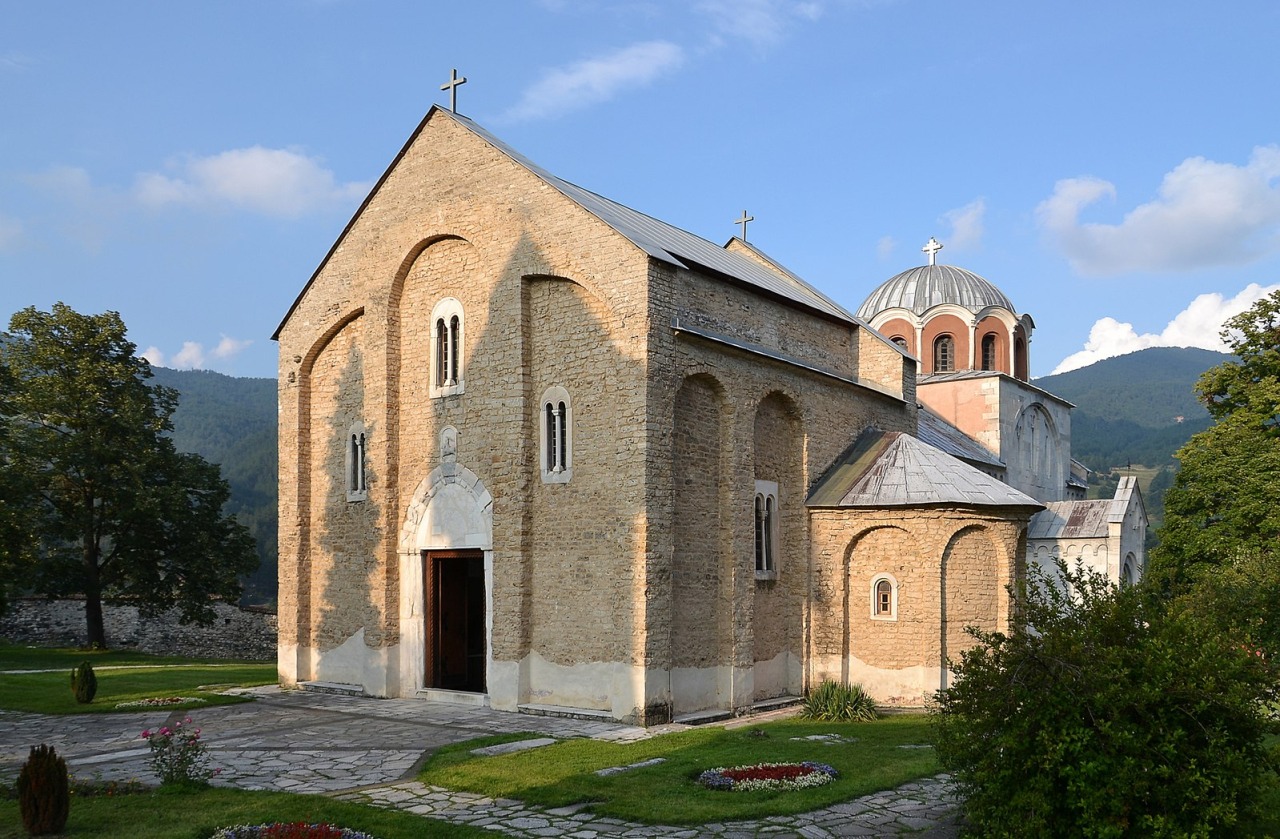
The monastery complex is renowned for its beautiful frescoes, including those in the Church of the Virgin, which depict scenes from the Bible with vivid colors and intricate details. The peaceful surroundings of the monastery, located in the mountains of central Serbia, offer a glimpse into the country’s medieval past and its rich religious heritage.
3. Niš Fortress
The Niš Fortress, located in the city of Niš in southern Serbia, is a remarkable Ottoman-era fortress that has played a significant role throughout history. Originally built by the Romans in the 2nd century AD and later expanded by the Ottomans, the fortress stands as a symbol of the turbulent history of the region.
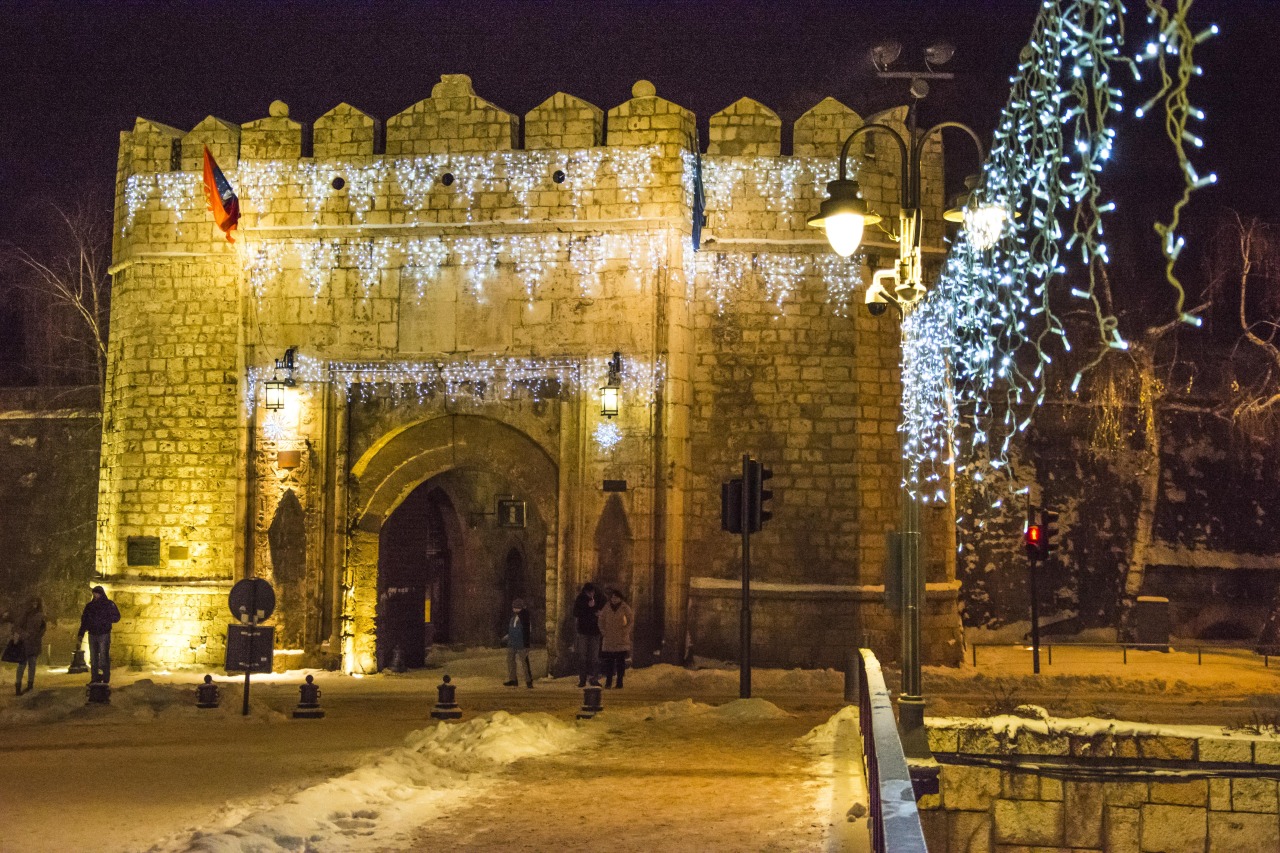
Visitors can explore the fortress walls, watchtowers, and gates that once protected the city from invaders. One of the most notable features of the fortress is the Bubanj Memorial Park, which commemorates the victims of World War II in Niš, making the fortress a place of both historical and emotional significance.
4. Petrovaradin Fortress
Known as the “Gibraltar on the Danube,” the Petrovaradin Fortress in Novi Sad is an imposing structure that dates back to the 17th century. Originally built by the Austrians to defend against the Ottoman Empire, the fortress stands atop a hill, offering stunning views of Novi Sad and the Danube River.

Petrovaradin is also home to the famous Novi Sad Fortress Clock Tower, whose hands move in reverse, and underground tunnels that were used for defense purposes. Every July, the fortress becomes the epicenter of one of Europe’s biggest music festivals, Exit Festival, blending Serbia’s history with its vibrant contemporary culture.
5. Sremski Karlovci
A charming town near Novi Sad, Sremski Karlovci is a place where history, religion, and culture meet. In the 18th century, it served as the spiritual center of the Serbian Orthodox Church, and today, visitors can explore its baroque architecture, including the Serbian Orthodox Seminary and the Cathedral of Saint Nicholas.
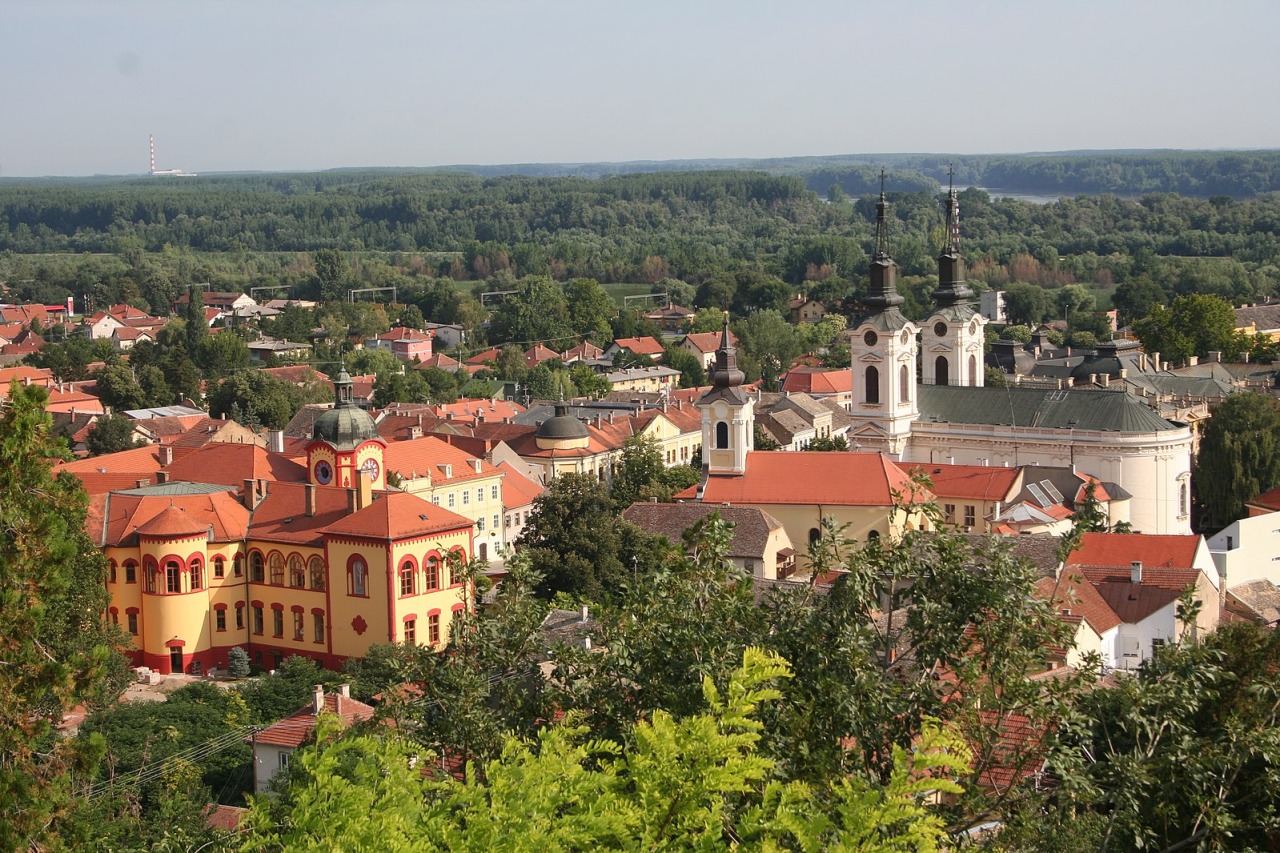
The town’s rich history is also tied to the Treaty of Karlowitz, signed here in 1699, which marked the end of the Great Turkish War and redrew the political map of Europe, shifting the power balance between the Ottoman Empire and the Austro-Hungarian Empire. Sremski Karlovci’s wine cellars, producing some of the best wines in Serbia, are another testament to the region’s cultural heritage.
6. The Church of Saint Sava (Belgrade)
The Church of Saint Sava, located on Vračar Hill in Belgrade, is one of the largest Orthodox Christian churches in the world and a symbol of Serbian national pride. Built on the site where the relics of Saint Sava, the first Archbishop of the Serbian Orthodox Church, were burned by the Ottomans in 1595, the church is both a religious and historical landmark.
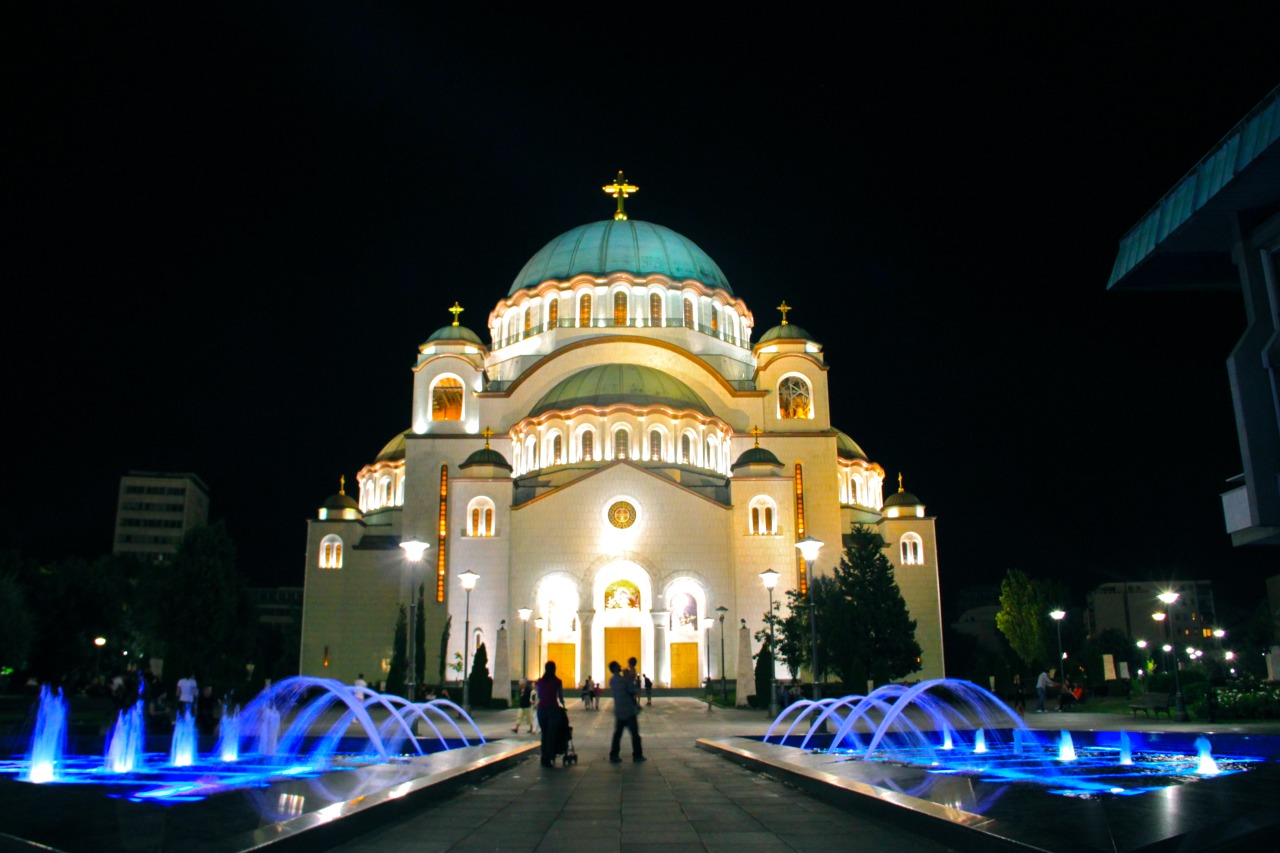
Construction of the church began in the early 20th century and continued for decades, with its majestic dome and intricate mosaics capturing the awe of visitors. The Church of Saint Sava stands as a powerful testament to Serbia’s resilience and its enduring religious traditions.
7. Gamzigrad-Romuliana (Emperor Galerius’ Palace)
Located near the town of Zaječar, Gamzigrad-Romuliana is an ancient Roman archaeological site that is also a UNESCO World Heritage site. The ruins of Emperor Galerius’ Palace date back to the late 3rd century AD and are one of the best-preserved examples of Roman imperial architecture in the Balkans.
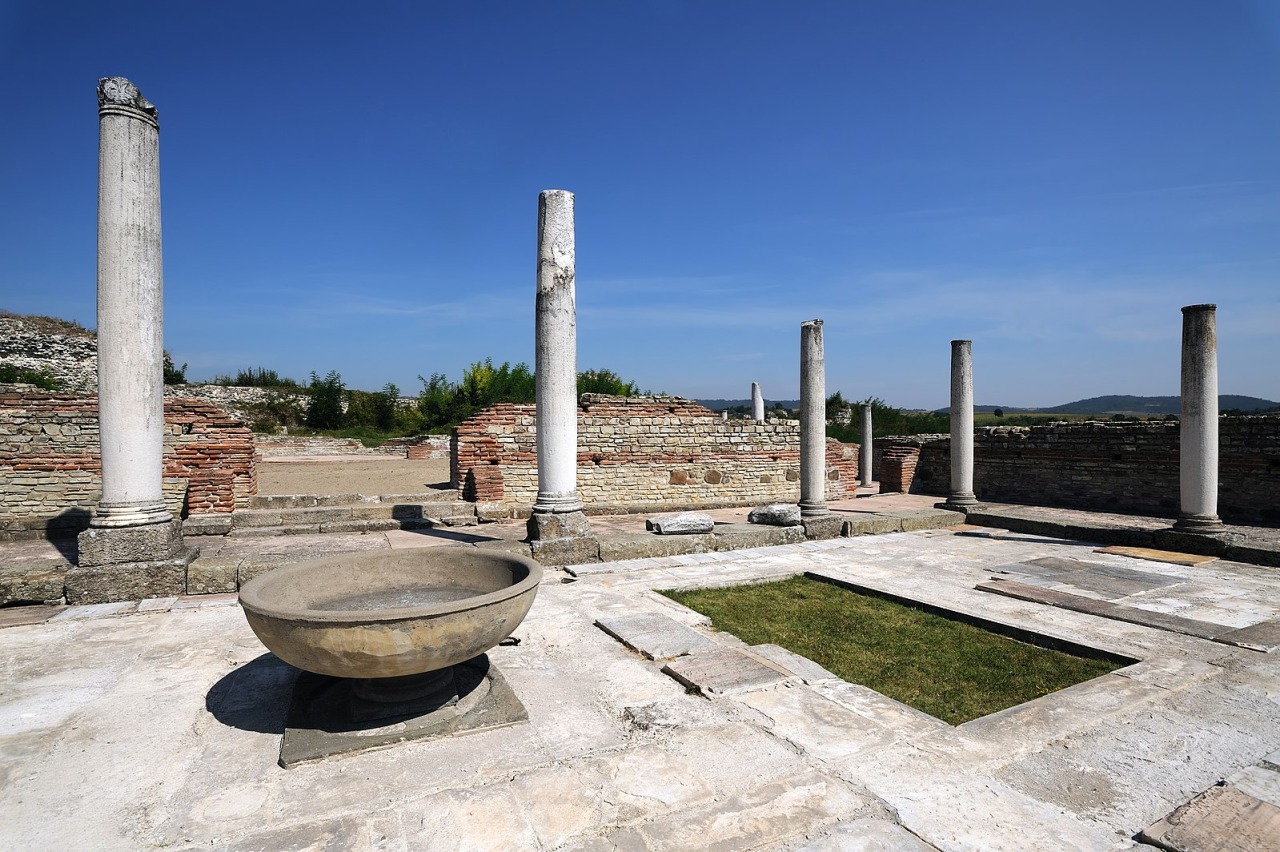
The palace complex, which includes the emperor’s residence, temples, and a mausoleum, offers a glimpse into the power and opulence of the Roman Empire. The mosaics that adorn the site are a significant feature of the complex, illustrating the wealth and grandeur of the Roman rulers who once inhabited this region.
Conclusion
Serbia is a country where history comes to life through its monuments, ruins, and landmarks. From the medieval splendor of Studenica Monastery to the awe-inspiring Roman remains at Gamzigrad, each historical site tells a unique chapter in Serbia’s rich past. These landmarks are not only places to visit but also portals to a deeper understanding of the country’s cultural heritage and the events that have shaped its identity over the centuries.
Whether you’re an avid historian or simply a traveler seeking to explore the roots of this fascinating country, Serbia’s historical landmarks offer a compelling journey through time, making it a destination worth exploring in more detail.
Related Articles


Winter Wine Escape: Serbia’s Most Beautiful Holiday Wineries
December 11, 2025